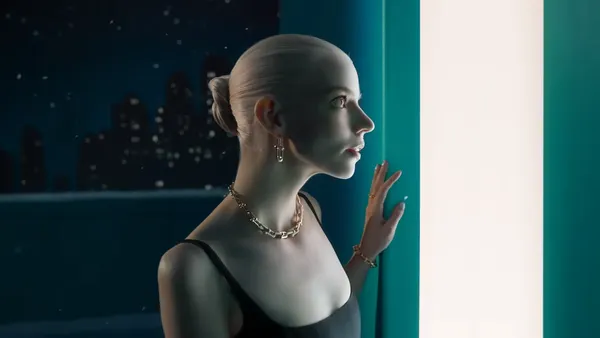Dive Brief:
- Market share for some products advertised in Super Bowl commercials spiked on Amazon during and after the game, according to a Profitero report shared with Marketing Dive. Coke Energy and its zero sugar version saw surges of 111% and 197%, respectively.
- Reese's Take 5 lifted 131% and Sodastream's bundle pack was up 118%. Sodastream ran a promotional discount on Amazon during the game to entice first-time buyers to try the system.
- Pop-Tarts, Pringles and Secret deodorant each saw orders increase immediately after their ads aired, a separate study from delivery retailer goPuff found. The new report revealed that Pop-Tarts orders were up 47%, Pringles lifted 23% and Secret's orders jumped 300% after the respective spots aired. Mtn Dew, Planters and Cheetos also saw orders rise slightly, while Doritos, Pepsi and beer orders at-large declined as the day went on.
Dive Insight:
Many of the game's biggest winners were brands that relied on traditional Super Bowl plays, through bringing popular celebrities to the screen, telling humorous stories or tugging on the heartstrings with game-changing support for female athletes. Some brands — largely those within the snacks and beverage category that's especially popular during game day — were able to translate their pricey media buys into hard sales. This demonstrates how brands produced ads that spurred customers to head online to buy products and had optimized their Amazon strategy for during and after the Super Bowl.
Coca-Cola tapped director Martin Scorsese and actor Jonah Hill for its 60-second "Show Up" spot to promote a new line of Coke energy drinks. The beverage company worked with Amazon for an experiential push aiming to encourage people to show up at work on Monday after game day parties. An Alexa tie-in allows users to order the new Coke Energy beverages via voice. The Profitero data suggests that viewers were wooed by the ad and were willing to try a new product from the trusted beverage giant after viewing its game day spot.
While Doritos, Pepsi and beer companies saw sales decline after their ads aired, it doesn't necessarily mean their commercials were not impactful in carving out greater market share. Viewing party hosts may have purchased sufficient snacks and drinks for the game's entirety and not needed to immediately replenish via Amazon or goPuff, which delivers items on demand. However, most Super Bowl advertisers are extending their pricey media buys through longer ad cuts on YouTube, social campaigns or other marketing elements in the days and weeks following the big game, suggesting that brands can still capitalize on their in-game commercials and translate those into sales.












